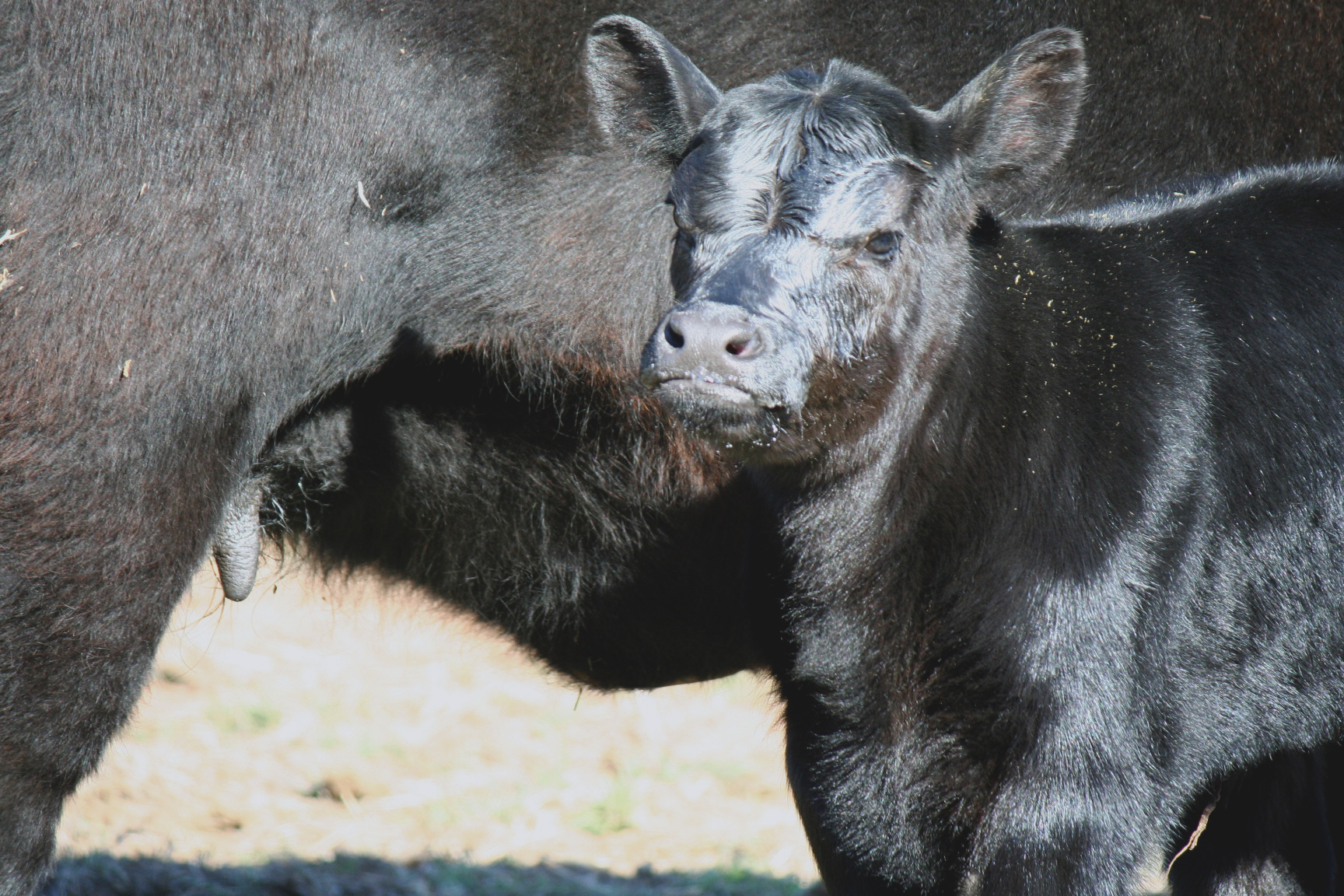The American Angus Association and Angus Genetics Inc. released two new maternal research expected progeny differences in August. The rEPDs relate to teat size and udder suspension traits, which play pivotal roles in cow calf production. Teat and udder characteristics can impact calf survival, development and productivity of the cow.
These new rEPDs are based on phenotypic data collected by Angus Association members, pedigrees and genotypes. Along with the other EPD selection tools available, these two new rEPDs can assist Angus breeders in making informed breeding selections for their livestock operations.
“We know these are two traits of interest to the membership and are excited to be releasing the research EPDs after a multi-year research project that would not be possible without member data,” said Esther Tarpoff, director of performance programs for the Angus Association. “Members have quickly embraced collecting these phenotypes, as evidenced by the number of records for each trait used to build the research EPDs.”
According to the Angus Association, more than 148,000 phenotypic records for each trait were collected from 87,000 cows to provide the dataset for the rEPDs, with more to be added each calving season. The records are collected by members within 24 hours of a calving. Females are given an individual score for both teat size and udder suspension using scales from 1 to 9.
“Over the past several years, we have been focused on validating the Angus breed’s impact as the matriarch of the U.S. beef industry, as it has been historically known,” said Kelli Retallick-Riley, president of AGI. “From an AGI perspective, it means objectively characterizing maternal traits of economic importance, so the users of Angus genetics have the selection tools needed to make genetic change.”
So far, an analysis of the nearly 300,000 submitted records indicated good overall udder structure. The average score was 6.6 for both traits, suggesting intermediate to small teats and intermediate to tight udders.
“We know the pace of genetic change is moving faster than ever with the frequent changeover of sires in many seedstock operations,” Retallick-Riley said. “In some cases, young bulls are being replaced before most of their daughters are in their second year of production. Because of that, maternal traits like udder conformation become even more important to ensure we are promoting sound breeding decisions.”
To learn more about the new rEPDs or see additional results from data, visit www.angus.org.
Lacey Vilhauer can be reached at 620-227-1871 or [email protected].




